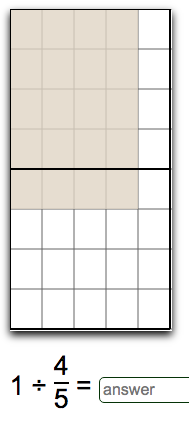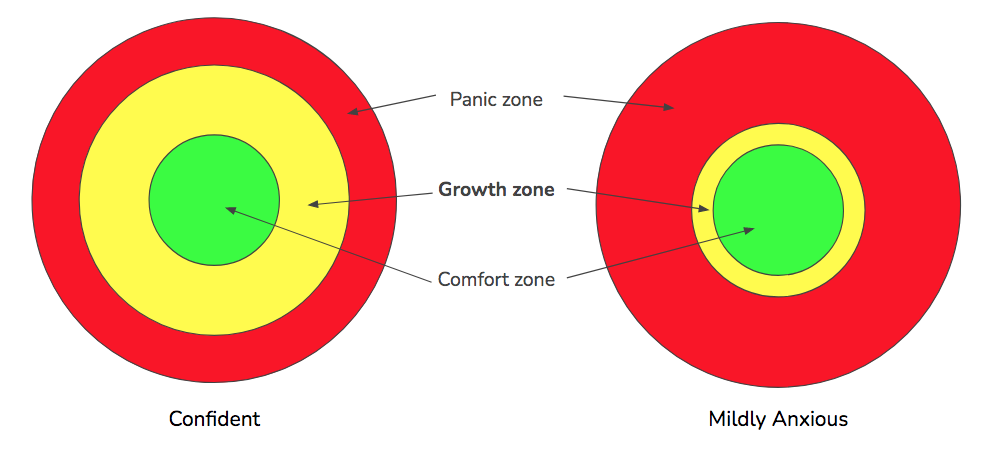 Nurturing maths awesomeness
Nurturing maths awesomeness
Maths anxiety
0Maths has broad appeal but at it's heart is helping to overcome maths anxiety. We offer:
 Visual back up. Questions posed in unfamiliar symbols can be daunting because they are difficult to grasp intuitively. By having an illustration where practical, learners have a 'real world' reference.
Visual back up. Questions posed in unfamiliar symbols can be daunting because they are difficult to grasp intuitively. By having an illustration where practical, learners have a 'real world' reference. 
Once a pupil has tipped into the panic zone, their brain is flooded with adrenaline and they can not do tasks requiring logical thinking. For this reason, most tasks start off at the easiest level (ie in the comfort zone) by default and pupils should increase the difficulty level until it suits them. For confident students, there is a checkbox in settings to align the difficulty level with the target difficulty level by default.
In the growth zone diagram above, the pupil with the smaller growth zone is labelled mildly anxious. In severe cases of anxiety, the growth zone may be effectively non-existant. All that can be done is to expand the comfort zone by working within it.© Copyright Influenca Ltd 2020 - 2025